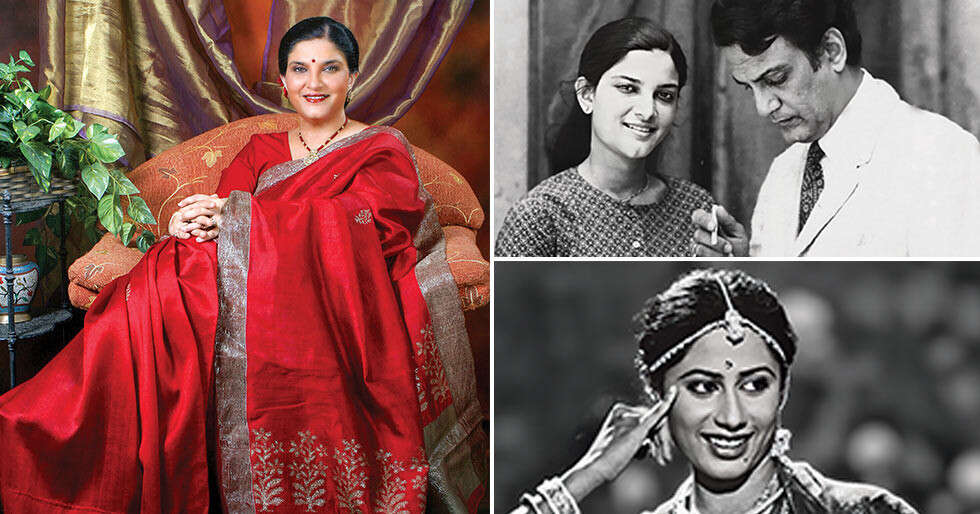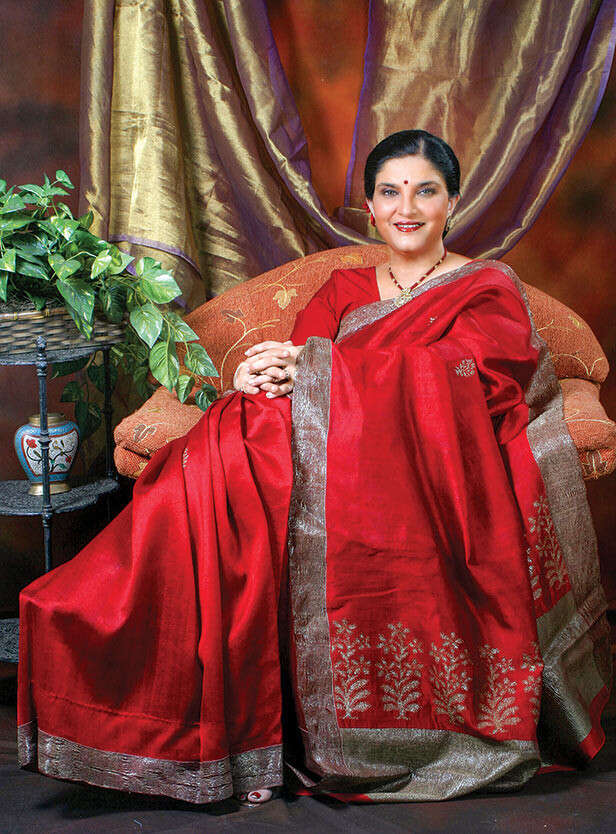
“Music is my inheritance”
Fortunately, I was exposed to the best of the both worlds, education and entertainment. My mother, a Gujarati, was an English professor at Bhavan’s College, while Dad was a Mathur from the Kayastha community in Northern India. The Kayasthas have songs for every occasion, weddings, childbirth, festivals. As a child, I enjoyed singing with Dad. Music is my inheritance. Once Lata Didi’s Tu jahan jahan chalega (Mera Saaya, 1966) was playing on the radio. I too sang along. Mother realised my potential but she didn’t encourage me as I was only in the seventh standard. It was in the late ’60s, when I was in class 10, that I sang the first commercial for the newly launched Vividh Bharti in the late ’60s. It was for Kashmir Snow, a cold cream. I began getting offers to sing jingles. The Liril soap jingle, composed by Vanraj Bhatia, became extremely popular. Vanraj uncle and my mother were friends. They’d studied at the New Era School. Vanrajji told me in his inimitable style, “Chalni mara maate gaani!” (Come on, sing for me!). Through the years, every time the Liril ad was revamped, I was asked to render the signature melody. I sang more than 10,000 jingles, including those for Nirma, Pan Paraag, Hawkins, Lipton, Amul…
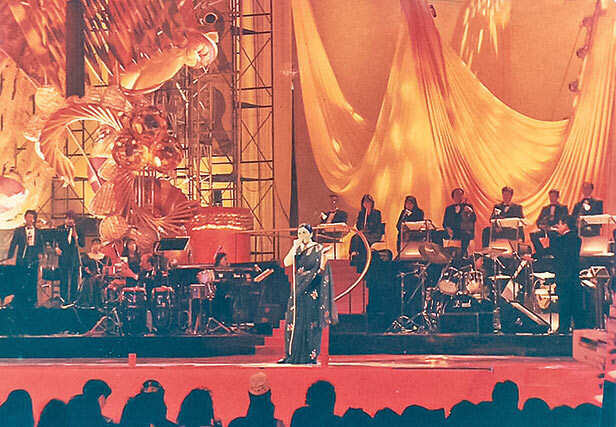
“My heart is beating”
I’d just joined St Xavier’s College when music director Rajesh Roshan asked Dad if I would sing an English composition for Julie (1975). Dad said, “Dekh lo!” (See for yourself!) I was nervous on the recording day. Dad infused confidence in me, saying, “Beta, we didn’t approach them. The song has come to us. You give it your best. If you feel you can’t do it, say sorry and leave. There’s nothing to fear.” We were recording the song at Mehboob Studio. Rajesh Khanna and Shammi Kapoor were shooting for Bundal Baaz (1976) on the floor below. When they heard the track, they came up to see who the singer was. On seeing Dad, they said, “We didn’t know you had such a grown-up girl. Where had you hidden her?” Being an English song, I believed it would play in the background or at a club in the film. But when I watched Julie, I was surprised. It was filmed on the heroine Lakshmi. Rajesh had guided me to bring in the emotions, what words to stress, and how to lift the notes. Also, the accent was natural, without an American twang, so Indian audiences could relate to the number. I heard some people sitting behind me say, “Who’s sung the song? It doesn’t seem like Lata Mangeshkar or Asha Bhosle.” I wanted to turn around and say, “I’ve sung it.” But I felt awkward. I received the Filmfare Award for it. It was a silver trophy because Filmfare was celebrating its silver jubilee year. I visited Delhi to receive yet another award for the song. While I was walking on the streets there, I could hear My heart is beating playing from every house. It was heartwarming.

“Piya baaj pyaala piya jaaye na… was so complex”
I’d sung many commercials composed by Vanrajji and made by Shyam Benegal’s Blaze Films. So, when Vanrajji composed the music for Shyamji’s Nishant (1975), he offered me the classical Piya baaj pyaala piya jaaye na. It was filmed on Shabana Azmi, who was my senior in school. The complex Piya baaj was in contrast to the lighthearted Julie number. Surprisingly, it was okayed in one take, though I’d not undergone any training in classical music. But for the next three days, I couldn’t talk. I’d exerted my vocal cords, the notes being high. Vanrajji’s speciality was that while you sang in one track, his music took another route. But when heard together, the result was beautiful.
“I was pregnant when I received the Filmfare Award for Manthan”
Shyam Benegal’s Manthan was inspired by Dr Verghese Kurien, the father of the White Revolution. A song was first written by a well-known Gujarati writer. But on reading the lyrics, Shyamji said, “This is not what I want. I want a blend of the Hindi and Gujarati dialect.” My sister, Neeti asked if she could attempt writing the lyrics. That’s how Mero gaam kaatha parey came about. At the recording, Shyamji told me, “I don’t want the Preeti Sagar of Julie. I want you to sound like a folk singer, like a rabaran (a tribe in Gujarat).”
I pushed my voice to convey the sense of abandon. The phrase ‘doodh ki nadiya’ is metaphoric of the ‘milk revolution’. The line Mhare ghar angna na bhoolo na (Don’t forget my home, my courtyard) hints at the subtle romance between Girish Karnad and Smita Patil’s characters. When Prime Minister Shri Deve Gowda visited Anand in Gujarat, Dr Kurien invited me to sing the song. Prince Charles too visited Dr Kurien’s dairy farm in Anand in 1982. Dr Kurien asked me to come there and perform live for Prince Charles as he loved the song. The farmers were present at the event too. Truly, music has no language. When I was honoured with the Filmfare Award for Manthan, I was expecting my first baby. Being in the last month of pregnancy, I walked up to the stage slowly. I couldn’t hold the ‘heavy’ Black Lady. Plus, there was a huge hamper of cosmetics. Shashi Kapoor helped me carry it. Manthan re-released in India in June 2024. I attended the screening at the Eros theatre. Naseeruddin Shah came and sat on the floor near me and said, “It’s taken me 48 years to tell you how much I love Mero gaam…”
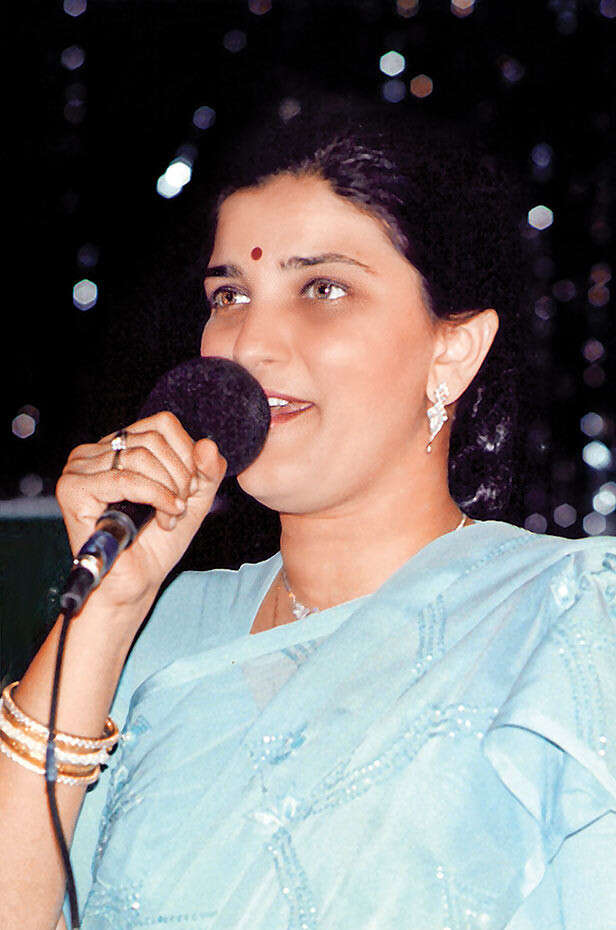
“I was known as Smita Patil’s voice”
Bhumika (1977) is Smita Patil’s landmark film, reportedly based on the memoirs of Marathi actress Hansa Wadkar. I rendered three songs – Mera ziskila balam na aaya and Tumhare bina jee na lage and Saawan ke din aaye sajanwa. I came to be known as her voice. The songs featured in a film within the film. The lavni Mera ziskila balam had latkas and jhatkas. It had to be sung with the same gusto. Tumhare bin jee na lage was being filmed on Smita at Jyoti Studio. I remember watching the shoot. Smita was my senior in St Xavier’s College. She was already a newsreader on Doordarshan then. We’d admire her from a distance. She was dusky, had sharp features, and wore cotton sarees. Her car would come to pick her up. She was so unassuming and simple that it was difficult to imagine that one day she’d become a film star. In a memorable gesture, She visited me in hospital when I delivered my first child, Akansha. When Smita passed away in 1986, I was shocked. She’d just delivered a baby (Prateik). I met Prateik recently. He hugged me and said, “Aunty, though I’ve never met you before, I know you as my mother’s voice.”
“Shashi Kapoor was sooo… charming”
In Shyam Benegal’s Kalyug (1981), the song What’s your problem? was filmed on newlyweds Anant Nag and Supriya Pathak on their honeymoon. Supriya’s character carries a cassette player, which plays this song. I lent a carefree vibe to the track. The girl is much younger and identifies with the jargon of the song, while Anant’s character doesn’t. Shashi Kapoor, being the producer, was present during the rehearsals and recording. He was so cute and charming. The moment I’d see him, I’d fear how I’d be able to sing. He’d tease me, saying, “Theek se gaa varna dekh!” (Sing properly, or else watch out!)
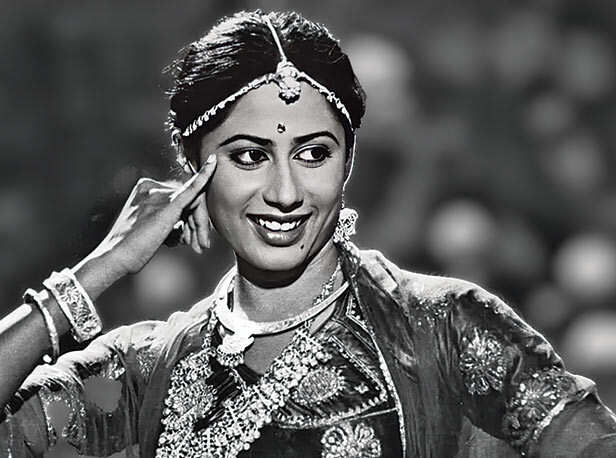
“No song was taken away from me”
My parents were extremely protective of me and my sisters, Neeti and Namita. Dad accompanied me for every recording. I’d look at him for approval. He was my critic and cheerleader. In fact, even industry people called me ‘Bitiya’. My parents insisted on keeping it dignified. They said, “You will not ask for work. People will approach you if they want you.” I didn’t face any rivalry. No song was ever taken away from me. People blame other singers, saying they didn’t let them come in. But no one did that to me. I didn’t step on their toes either. People get angry if you try to snatch their work. By God’s grace, there was no need to do that. I was born with a silver spoon. Music was a hobby I pursued.
“I wasn’t sure if I’d be a good actress”
After appearing in the music show Aarohi in the mid-’70s, I received many film offers. In fact, I was around eight when I was first offered the role of Mini in Balraj Sahni’s Kabuliwala (1961). Dad had declined the offer. I was selfish in a way. I knew my vocal cords would sustain for a long time but I wasn’t sure if I’d be a good actress. What if I flopped? As an actor, you have to maintain your figure. You have to torture your body, maybe resort to some pulls and tucks, even Botox. As a singer, people appreciate you but don’t bother you. At the most, they may ask for a picture. I don’t need bodyguards around to push away people trying to touch me. Above all, I’m a private person. Once my music is over, I go home. I’m not the partying or networking kind. That’s why after making a mark, my parents said it’s time to settle down. Mine was an arranged marriage. My husband, Soami Saran, was working with Mahindra & Mahindra. He retired as President of Alternative Technologies. After marriage, I could have continued and sung a million songs. I was offered many shows. But my daughters, Akansha and Aneesha, needed me. Today, they’re married and have grown-up children.
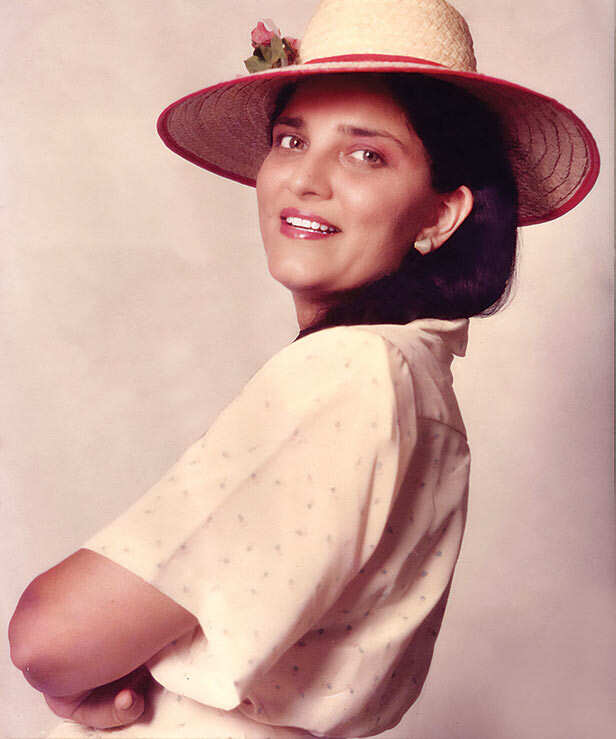
“Don’t get over-ambitious”
I have no regrets. I dabbled with all kinds of music – bhajans, nursery rhymes, pop songs, a Fairy Tales series… Even grey-haired men say that they’ve grown up on my nursery rhymes. That makes me wonder what my age is. It’s funny and cute too! In the 1990s, Angela Films, my father’s company, produced the children’s TV show Phulwari Bachchon Ki, hosted by Namita. We’ve made public service films for all ministries in Delhi, including the Ministry of Water Resources, Overseas Indian Affairs… We’ve also made corporate films. I’ve started my YouTube channel called Preeti Sagar Nursery Rhymes. I love children. They seem to be neglected in today’s age of consumerism. My message to new singers is: don’t get over-ambitious. It can lead to frustration. First, secure your bread and butter. Then pursue your passion. If it’s meant to happen, it will. I never intended to be a singer. It was written in my haathon ki lakeer (the lines of my palm). Your overall well-being is important. I’ve lived a dignified life. The love of my fans is immense. What more could I ask for? Kya laye the, kya lekar jaayenge…! (What did we bring, what will we take away…)

